Without getting into the weeds, significant moisture continues to roll in from the Pacific. If buzzwords are any clue, atmospheric rivers are the rage right now (or, as we have heard on the skintrack, “AR” for short). As new snow falls and wind sculpts the snowscape, a wide swath of the Western U.S. is experiencing increased avalanche danger. Which means please choose terrain wisely. That’s the 50,000-foot view. The same can be said for some portions of Canada with several regions bumping to considerable danger.
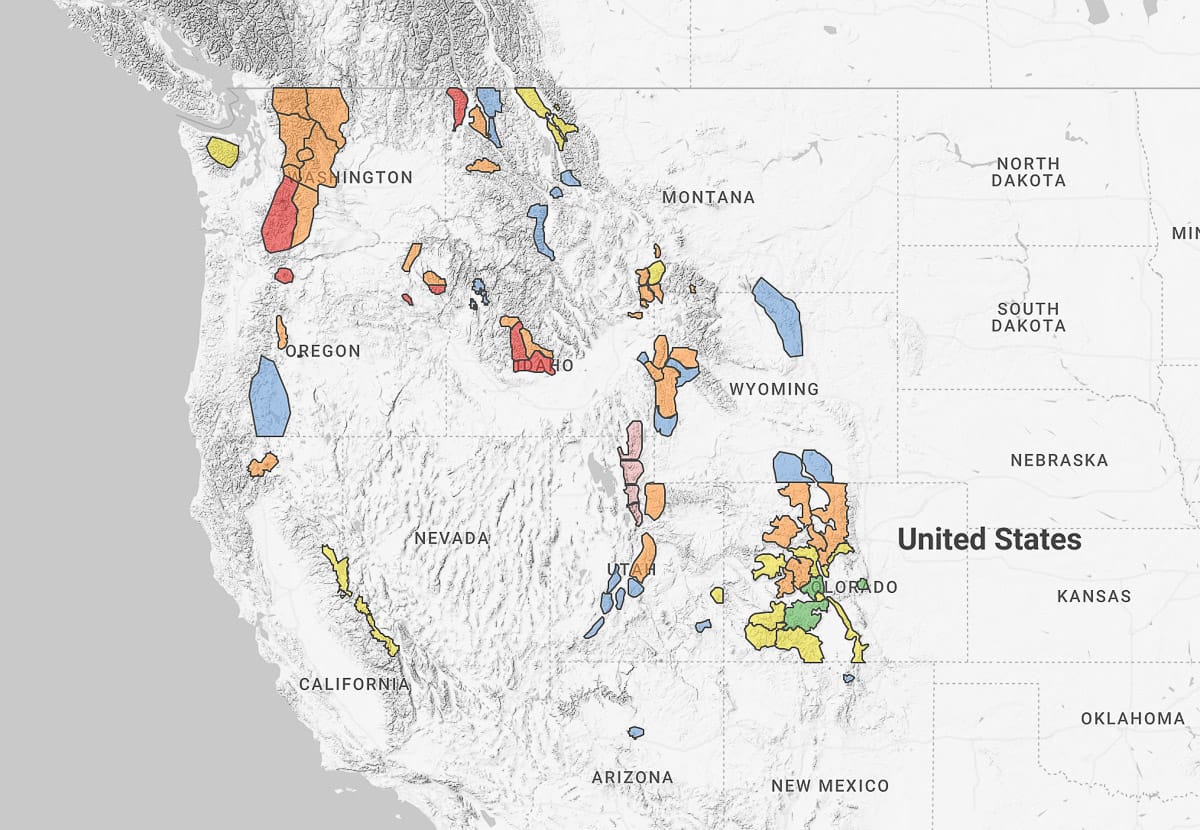
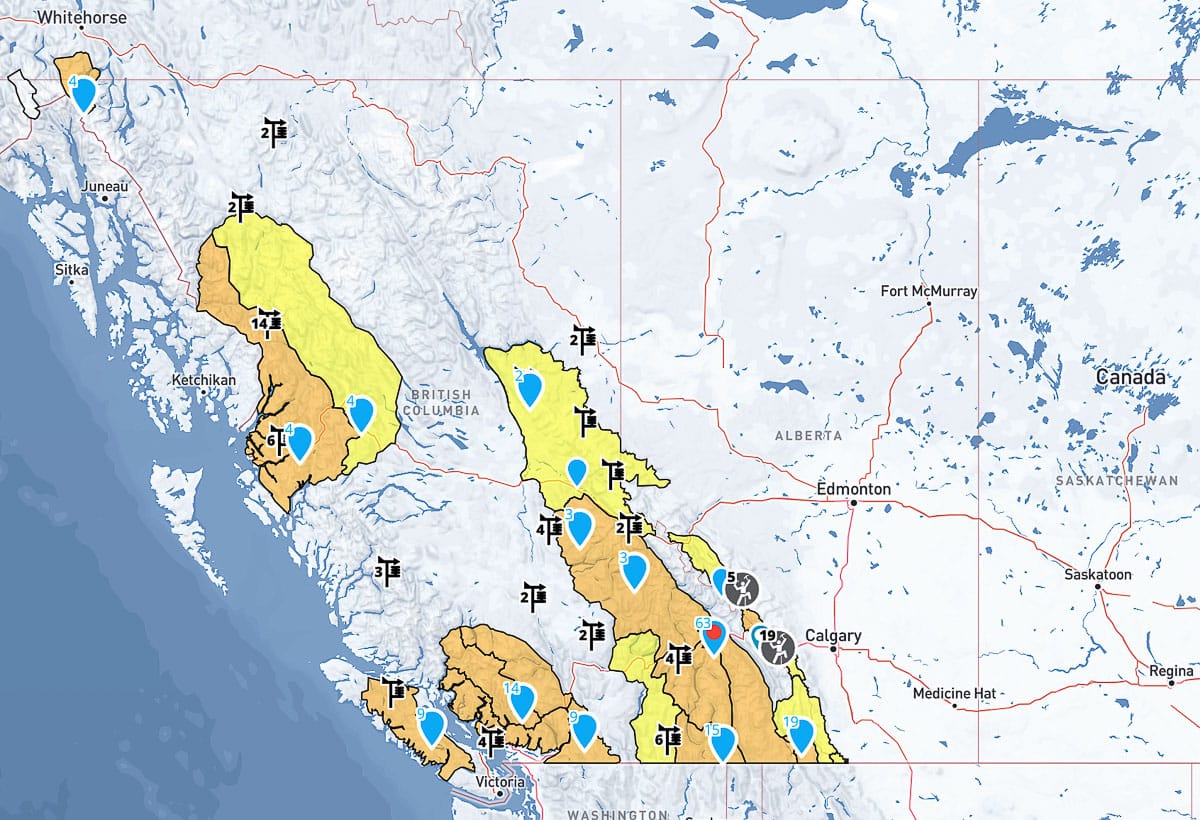

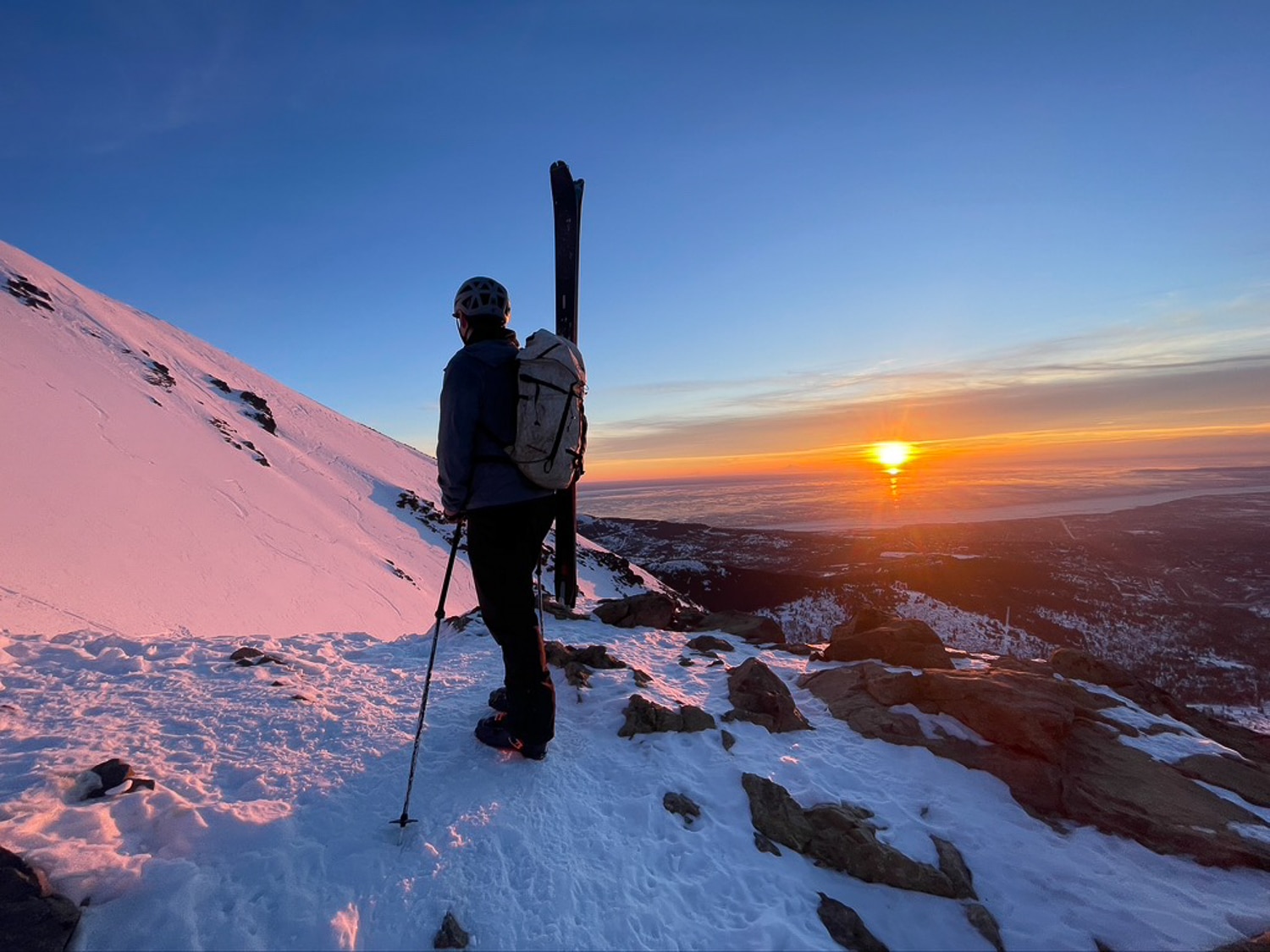
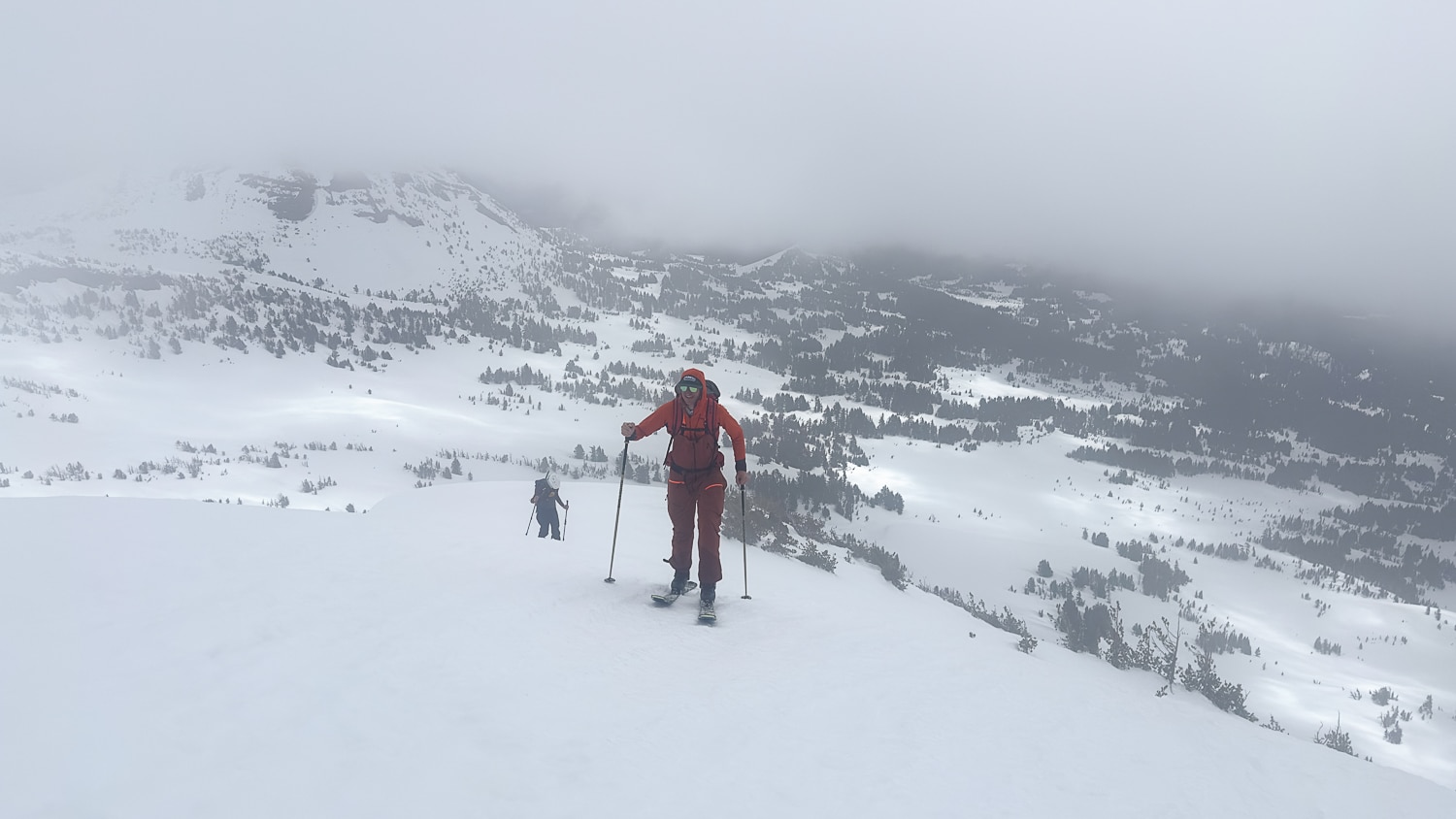
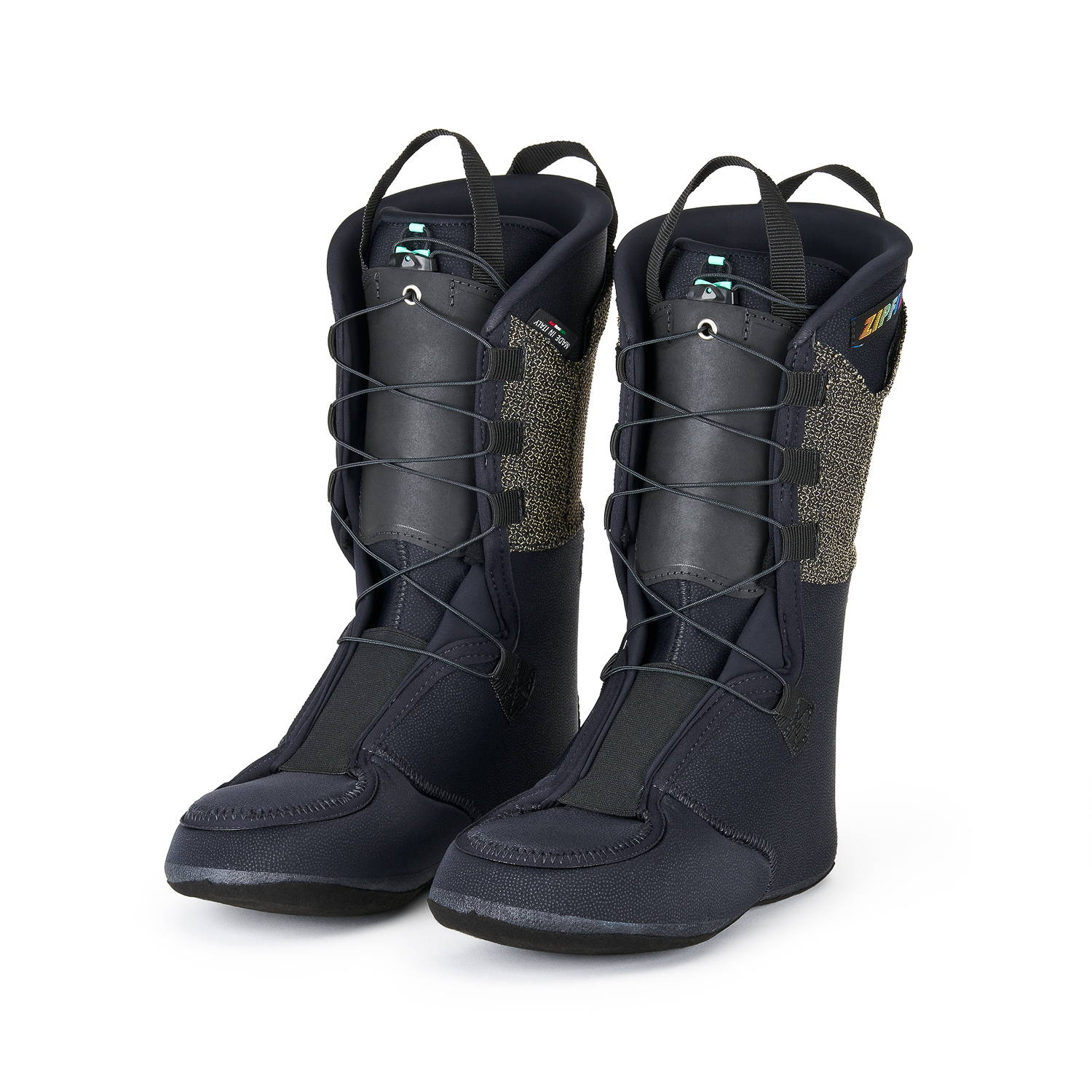
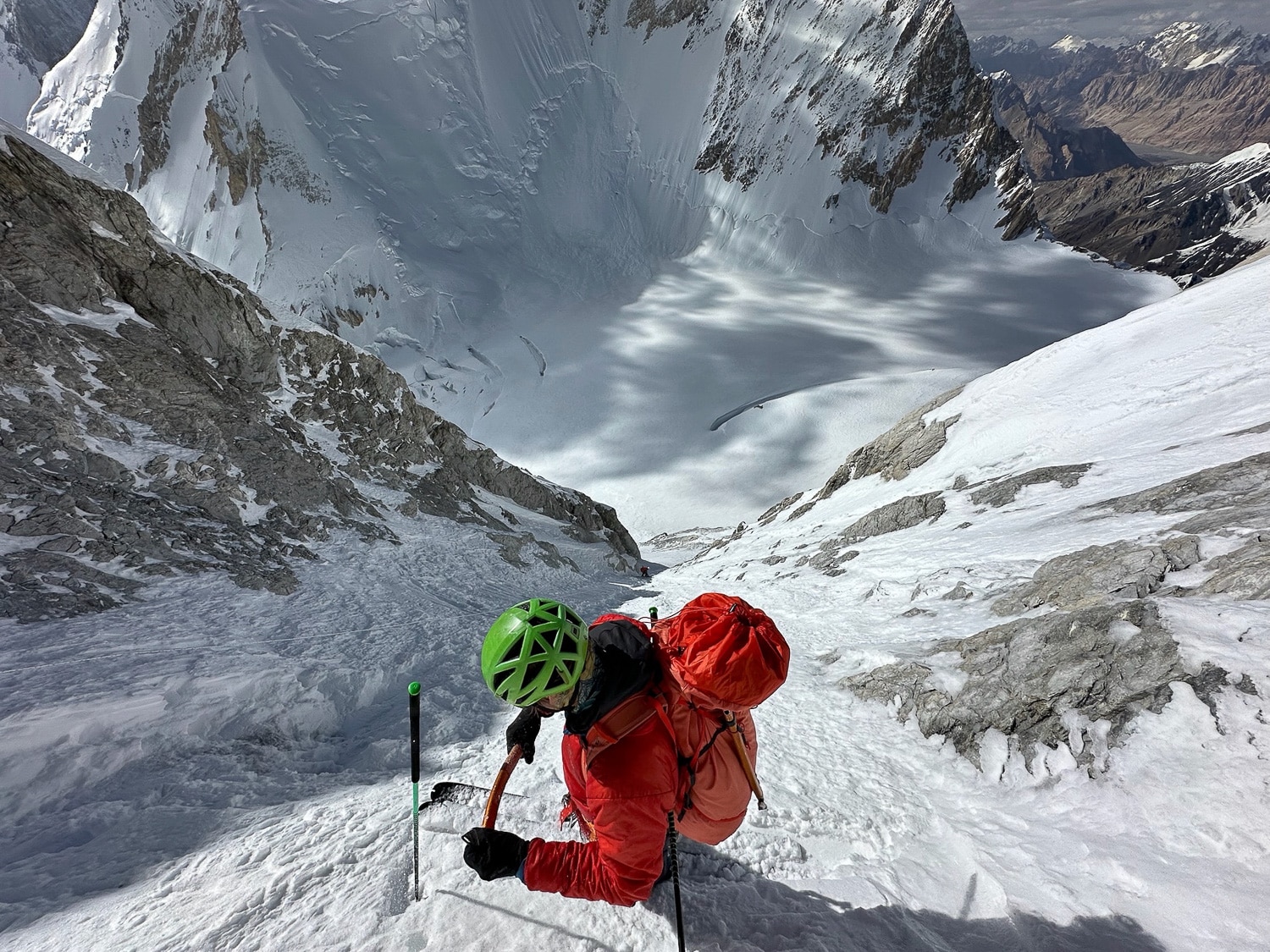
Leave a Reply
You must be logged in to post a comment.